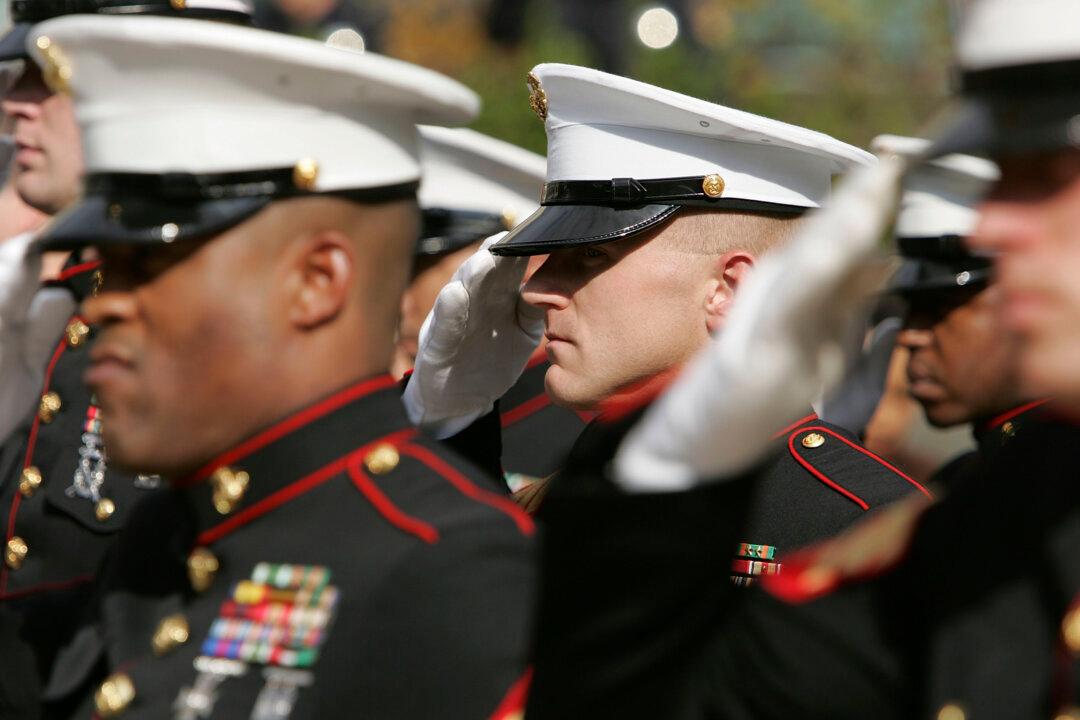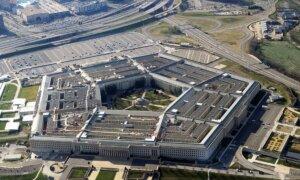Commentary
How did the U.S. Marine Corps transform itself from the world’s premier expeditionary force-in-readiness to a poor parody of the French Maginot Line in just a few years? In his “
Force Design 2030” plan, the 38th Commandant of the Marine Corps radically redesigned and restructured the Marine Corps to operate as a defensively oriented, narrowly specialized regional force under Navy command to attack and sink Chinese warships in the South China Sea. This new mission came at the expense of providing much-needed crisis response and global force projection capabilities to all geographic combatant and functional commands in an increasingly unstable world. The crown jewel of this new warfighting organization are called
stand-in forces (SIFs), which are small isolated detachments of Marines, armed with anti-ship missiles, persistently spread across islands in the so-called contested areas of hostilities, specifically the
first island chain.
To fund these largely experimental units, the Marine Corps divested proven capabilities needed to fight and win today anywhere in the world, an unwise and unproven approach termed “divest to invest.” The Corps jettisoned all its tanks and bridging, most of its cannon artillery and assault breaching, and much of its infantry and new, state-of-the-art aviation at a time when these certain capabilities were showing to be critical in ongoing conflicts.
In an act that can only be described as negligence, the commandant reduced the Corps’ long-standing requirement for 38 amphibious ships to 31 and stood silent as the Navy
decimated the Maritime Prepositioning Squadrons (MPS) by reducing their numbers to 2 from 3 and the total number of ships to 7 from 17. The loss of MPS ships together with the reduction in the number of major amphibious assault ships—and their poor state of maintenance and availability—make it doubtful that the Marine Corps has the capability to project even a limited Marine Expeditionary Force in time to influence events before or after hostilities commence.
Some pundits hailed the commandant’s plan as revolutionary, brave, and brilliant. Others saw it for what it was—a national security disaster and the death blow to the nation’s global 911 force.
Much has already been written about the adverse effects of what has been recently renamed “Force Design,” but not as much scrutiny has been applied to the SIF concept, which is a complete “house of cards.” The best definition of this term comes from the
Cambridge English Dictionary: “a complicated organization or plan that is very weak and can easily be destroyed or easily go wrong.” And there, in a nutshell, is the SIF. Not unlike the French Maginot Line that was built prior to World War II to protect France’s eastern border against invasion, the McNamara Line that was designed to prevent the infiltration of South Vietnam from the North and Laos, or Japan’s island strategy to protect the homeland during World War II, the SIF concept will fail during hostilities.
Let’s examine three loadbearing cards holding up the entire structure, each of which will fall under its own weight:
The second card is survivability. We know from experience that lightly armed, isolated units inside “contested” areas can be easily overwhelmed by superior forces. One needs to look no further than the
Marine Defense Battalions formed prior to World War II. These battalions were manned and equipped with the best trained and most modern equipment then available. Not long after the Japanese attacked Pearl Harbor, the garrison at Wake Island was overwhelmed and the battalion on Midway would have suffered the same end had the U.S. Navy not defeated the Japanese aircraft carriers in the waters offshore during the epic Battle of Midway. The same fate awaits the SIFs if isolated inside the contested areas. They cannot hide. They will be found and, if judged a threat, destroyed.
The third card is duplication and obsolescence. The Marines have essentially destroyed the combined arms capability of the operating forces to stand up
14 Naval Strike Missile (NSM) batteries and three Tomahawk Land Attack Missile batteries. The Marines intend to keep only
three NSM batteries permanently forward deployed, while the sole purpose of the other 11 batteries is to serve a rotational pool of manpower and equipment. The Corps’s contribution to the other services’ anti-ship capabilities is minimal and duplicative. Worse, the other services are all investing in long-range, hypersonic missiles while the Marines are largely buying short-range, subsonic missiles that will be obsolete in the near future, if not already. The end result is that Marines will be marginalized, at best, on far-flung islands with ineffective missiles.
The Marine Corps has
transformed to irrelevance. The poster child for its new look is the SIF, a “house of cards,” supporting a flawed operational concept. Even on paper, the SIF has minimal utility to confront threats from adversary general purpose forces or unconventional/irregular forces such as those operating today in places such as Ukraine, Syria, and Gaza, where belligerents are effectively using combined arms together with emerging technologies to locate and destroy the opposition using fires and maneuver to great effect. No amount of slick talking points or empty words can alter the facts. Now is the time for a serious discussion about the future of the Marine Corps. Whatever the forum for this discussion, the participants must be balanced on both sides of the argument. The nation has gotten itself into this mess by only listening to one side of the conversation. Congress must be willing to listen to both sides of this national security issue, preferably in open committee.
Views expressed in this article are opinions of the author and do not necessarily reflect the views of The Epoch Times.




